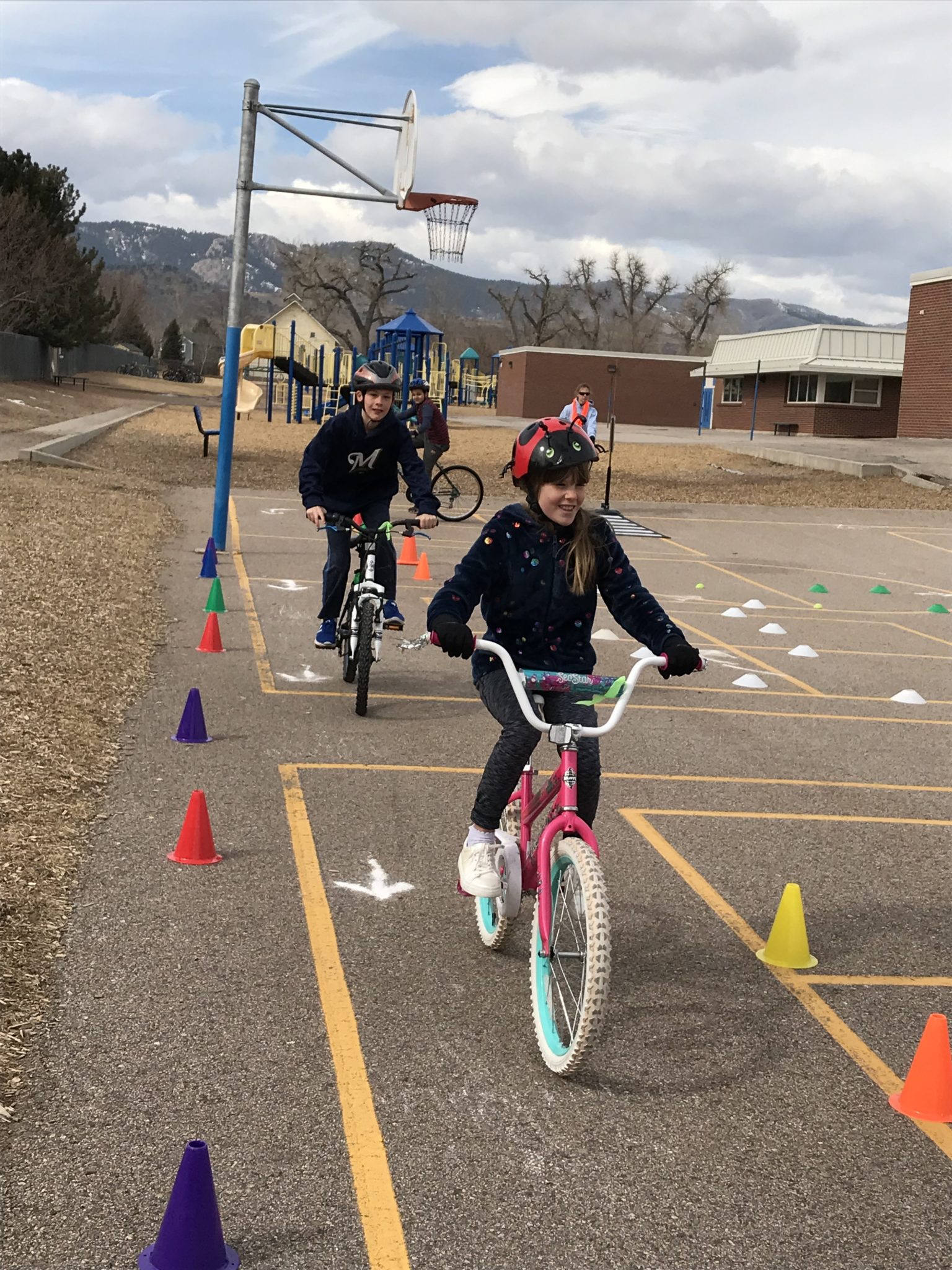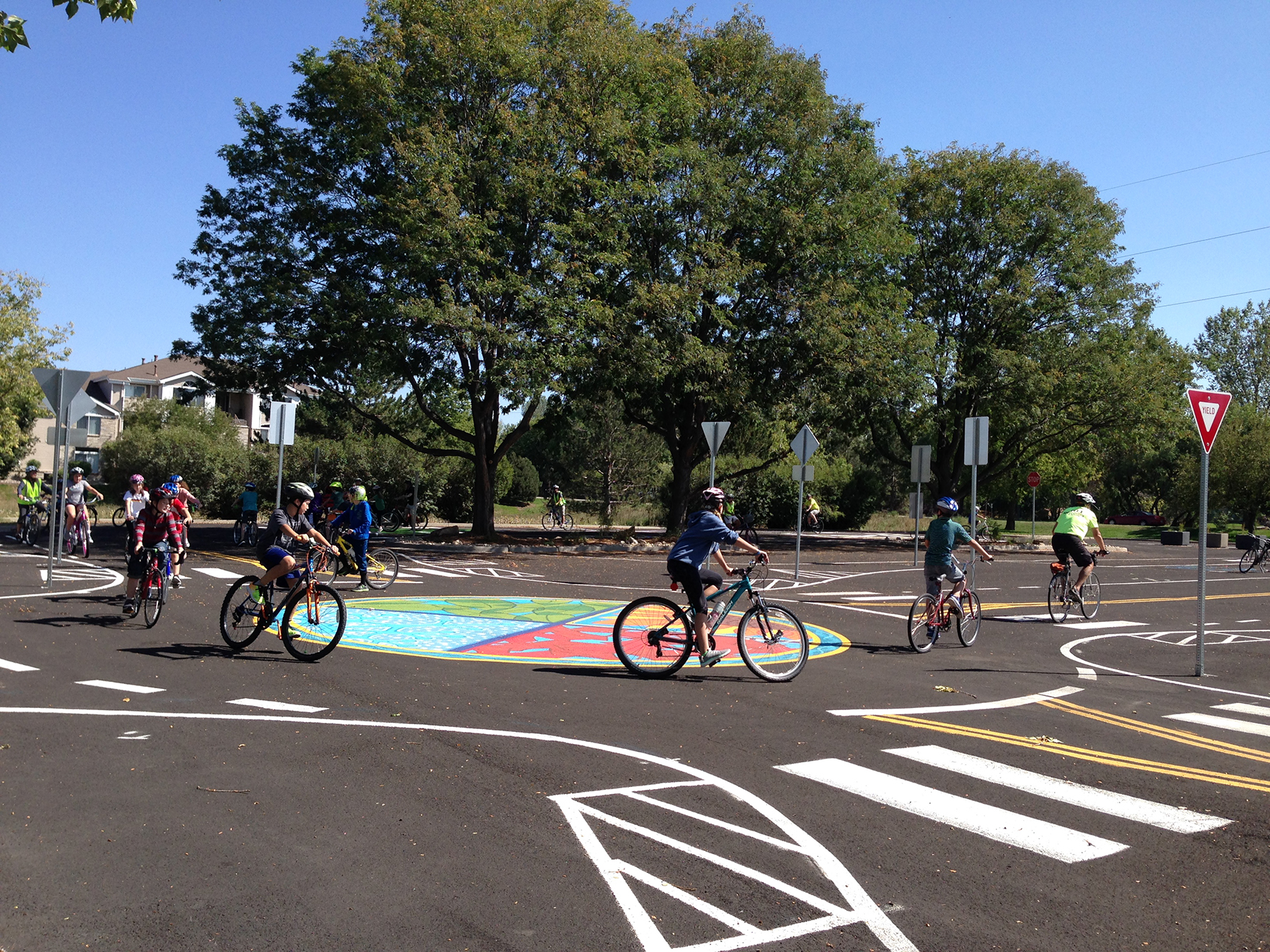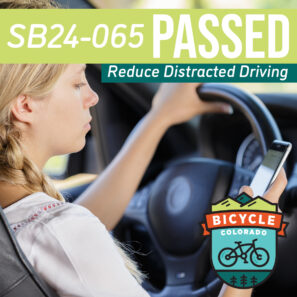Guest post: Where should new schools be built to encourage walking and wheeling?
By Nancy Nichols, Safe Routes to School Coordinator, City of Fort Collins
“In 1969 approximately 50% of elementary school students lived within two miles of their school; by 2001, only about 33% lived within this distance.” That quote comes from the National Household Travel Survey, and the added distance has contributed to a steep decline in walking and wheeling to school, from 48% of U.S. students using active transportation to get to school in 1969 to just 13% in 2009.
Neighborhood schools are still one of the best answers for getting more kids walking and wheeling to school for their health and lifelong wellness, which is why the distance students travel to get to school is a growing area of interest for Safe Routes to School and active-transportation professionals nationwide. Where new schools are built, or “school siting,” plays an important role in encouraging active transportation to school.
According to the Safe Routes to School National Partnership, over the past few decades, average school size has grown, with schools being “increasingly located on large sites away from the families in the neighborhoods that they serve.” The reasons for this trend are varied and complex. In Fort Collins, the director of facilities for Poudre School District describes school siting in the following manner:
“[Selecting] new school sites is a collaborative effort involving … coordination with local developers, local municipalities, and numerous PSD departments. Land availability also plays a large role in siting new school[s].”

School districts do long-range planning that may result in property purchases a decade or two in advance of a new school being built, based on best estimates of where population growth will occur and, hence, where new schools will be needed. In many local municipalities and states, there also may be legislative and other biases in favor of new construction over renovation of existing buildings.
So, for many and varied reasons, school districts may decide to build a new school on lower-priced land on the fringes of established communities where rapid housing development is occurring. And the schools may be quite a bit larger than the small neighborhood schools in older neighborhoods, with enrollment sometimes made up of both students from the newly built housing as well as students from older schools that are at or above capacity.
In addition, the new schools may not automatically include bike-ped infrastructure and connections for students beyond school property, an added complication and concern for students to safely access school on foot or wheels.
As one example, Fort Collins currently has a new middle and high school being located near a major I-25 interchange (near Prospect Road). The attendance boundary for the school is on the same side of the interstate as where the school is located, meaning students will not have to cross the interstate to get there. There are, however, major parks and natural attractions for students on the opposite side of the interstate, including the Poudre Trail, so one might expect students will want to cross the interstate after school.
At nearly the same time this school will be built, a new bridge across I-25 will also be constructed at this location, motivating active-transportation and Safe Routes professionals in the community to work with the City’s Engineering Department to determine whether enhanced bike-ped facilities can be included in the new bridge to allow students (and the entire community) to cross more comfortably and with a greater feeling of safety.

Fort Collins has a history of residents getting involved when some older schools were being considered for closure, and a few of those conveniently-located neighborhood schools still exist due to residents’ involvement in that decision-making process.
Many great resources exist for communities and school districts grappling with school-siting issues. One of the best quick reads on the subject is “Smart School Siting: How School Locations Can Make Students Healthier and Communities Stronger,” published by Change Lab Solutions.
Making travel by foot or wheels safe and convenient for students encourages healthy behaviors that can last a lifetime, and effective school siting is an important part of that. So let’s celebrate our neighborhood schools on National Bike to School Day (May 8, 2019), and see what options are available for siting future schools in locations where kids can bike, walk or wheel safely.
Photos courtesy Nancy Nichols
Want to help our education team get more students walking and wheeling to school?
Leave A COMMENT
Our twitter feed is unavailable right now.
The Latest News
view all- Jun 13, 2024
- by Bicycle Colorado
Discover Denver With Denver Century Ride
- Bicycling in Colorado,
- Denver,
- Event Member Spotlight,
- Events
- No Comments









COMMENTS (1)